Karina Kottová and Piotr Sikora: Mixed Forest – Art Institutions from the Perspective of Flora
Whenever a human creature looks at nature, or anything non-human for that matter, she always associates it with human features…
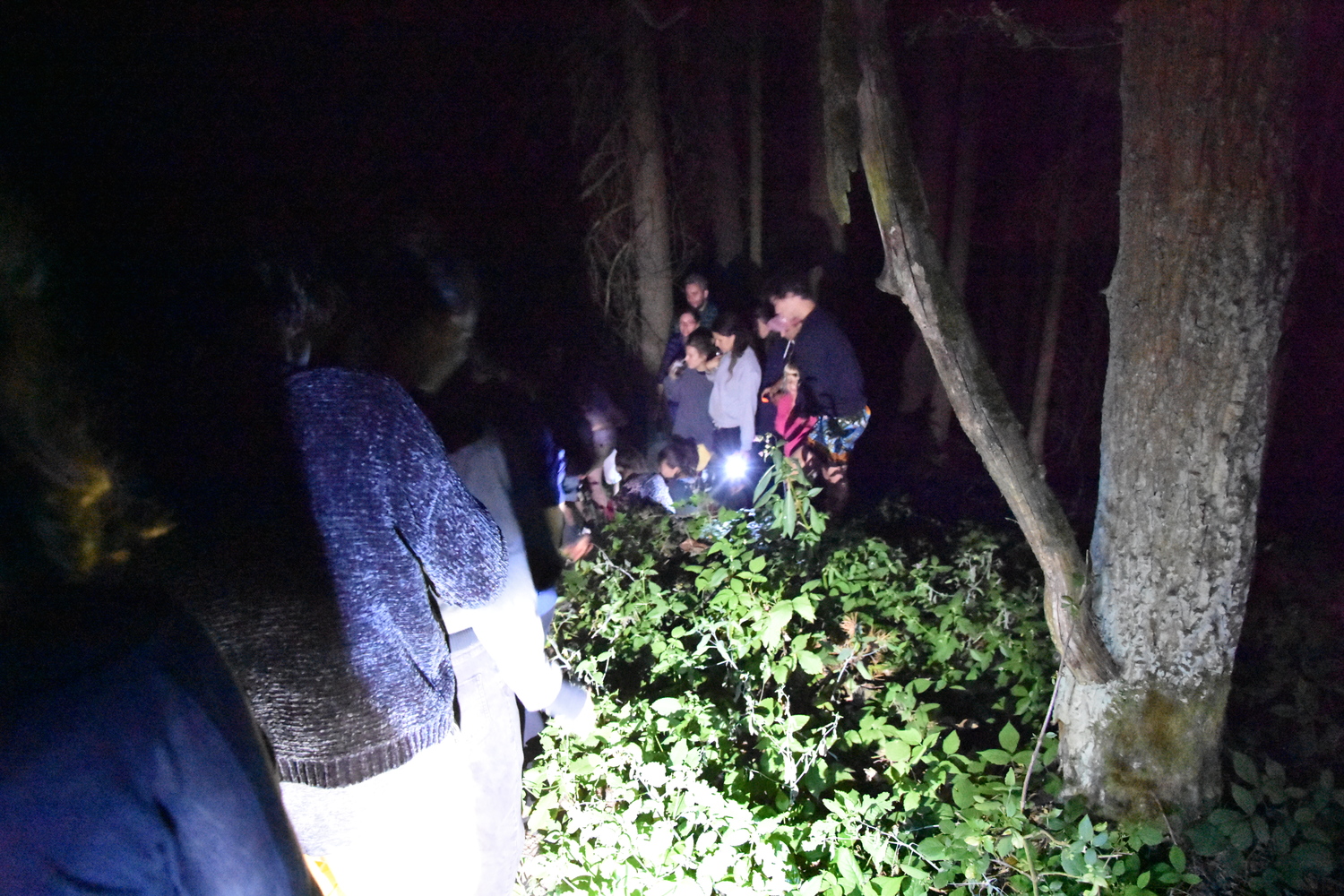
Lesní a luční pozemky mezi obcemi Hnátnice a Písečná, Orlické hory
Performative lecture for a good night’s sleep by Karina Kottová and Piotr Sikora.
Within symposium WE ARE WOODS: About Plant Intelligence and Interspecies Communication.
Intro
Whenever a human creature looks at nature, or anything non-human for that matter, she always associates it with human features. She sees faces in the shapes of clouds, arms in the branches of trees, veins in the layers of rocks. All the cars, machines and other waste she designs get some kind of a face. She cannot see anything but herself, the rest of the world comes through the lenses of her own image. She is an artist. She makes things to resemble her beauty, but sometimes they turn ugly. She recreates the environment to serve her needs, but her needs are unfulfillable. As an artist, she is a failure. Yet, if anyone can save the day, it is herself. At least, so she thinks.
She thinks of the art scene as a machine with a few important and many unimportant faces. She is part of that machine, consumed by it, working it out, being worn out by it, spat out and then swallowed back in. She doesn’t know another way of belonging. Yet, she feels quite exhausted and sometimes anxious, while the machine that keeps her alive also looks quite worn out, perhaps even close to falling apart. What if we took her here, into the forest, and offered her to see her reality through its perspective? Would something change?
For the sake of an experiment, the art scene in Prague could be compared to a piece of land densely inhabited by wildlife. Trees, mushrooms, animals, mosses and lichens. A fairly small-scale spot in a fairly random location. Somewhere close to a lake. Right in the middle of small mountains, not far from the state border (whatever that means in wildlife terms). Residing on a still quite moist piece of land, there is a microcosmos as unimportant and unique at the same time, as only art can be. In order to have a peak into its infrastructure please take a sip of this kombucha and follow our lead.
…We are the forest and if paying enough attention and triggering our imagination, we can see our own reflection in its bits and pieces…
Fungus
ArtMap
This is the Artmap of the forest, a communication speedway. Its diversity is the strength: some mushrooms are edible, other hallucinatory, other ones poisonous. The map, though, cannot make any explicit hierarchies and distinctions, or leave some elements out of the system because of their unappreciated looks or functions. It presents the whole, while the mushroom picker has to be smart enough to make her own choices, and then enjoy or suffer through the consequences.
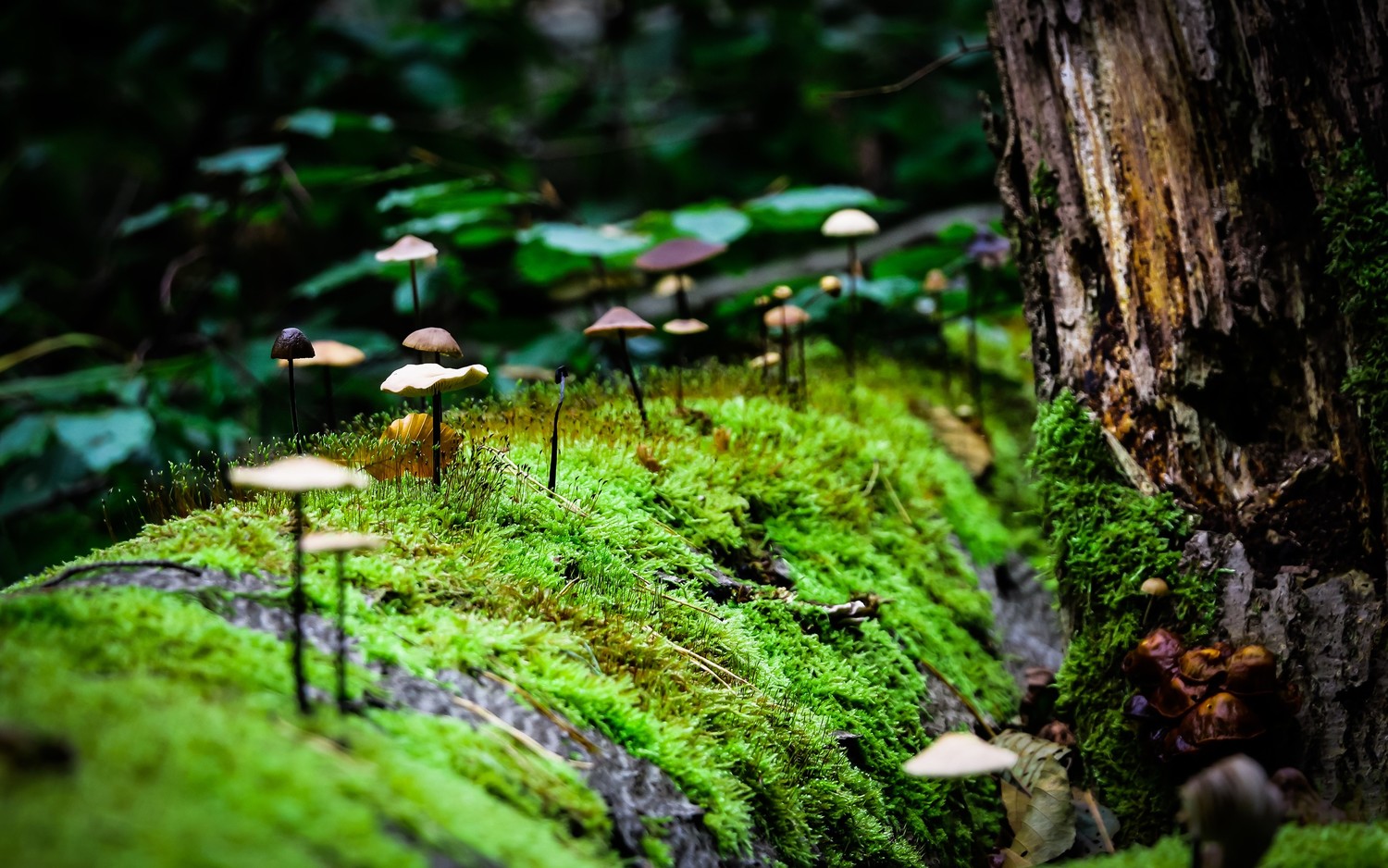
Mosses and lichens
Artists’ run spaces and project spaces
They are the base, small and rather humble, yet covering the scene as a carpet. At points so smooth and in other cases pretty rough. They are the lowest, but perhaps the most essential surface of the forest. This is where further creation stems from, where the large structures take from. They don’t need much to survive, but they also cannot overgrow their limits. They will remain small and spread out. Protecting, covering up, and if necessary even attacking the rest of the forest. They may seem easy to be removed and destroyed, but their endurance is actually quite moving. If taken down, they will sooner or later reappear elsewhere and go on with their usual operation. They may all seem alike, but there are hidden treasures among them.
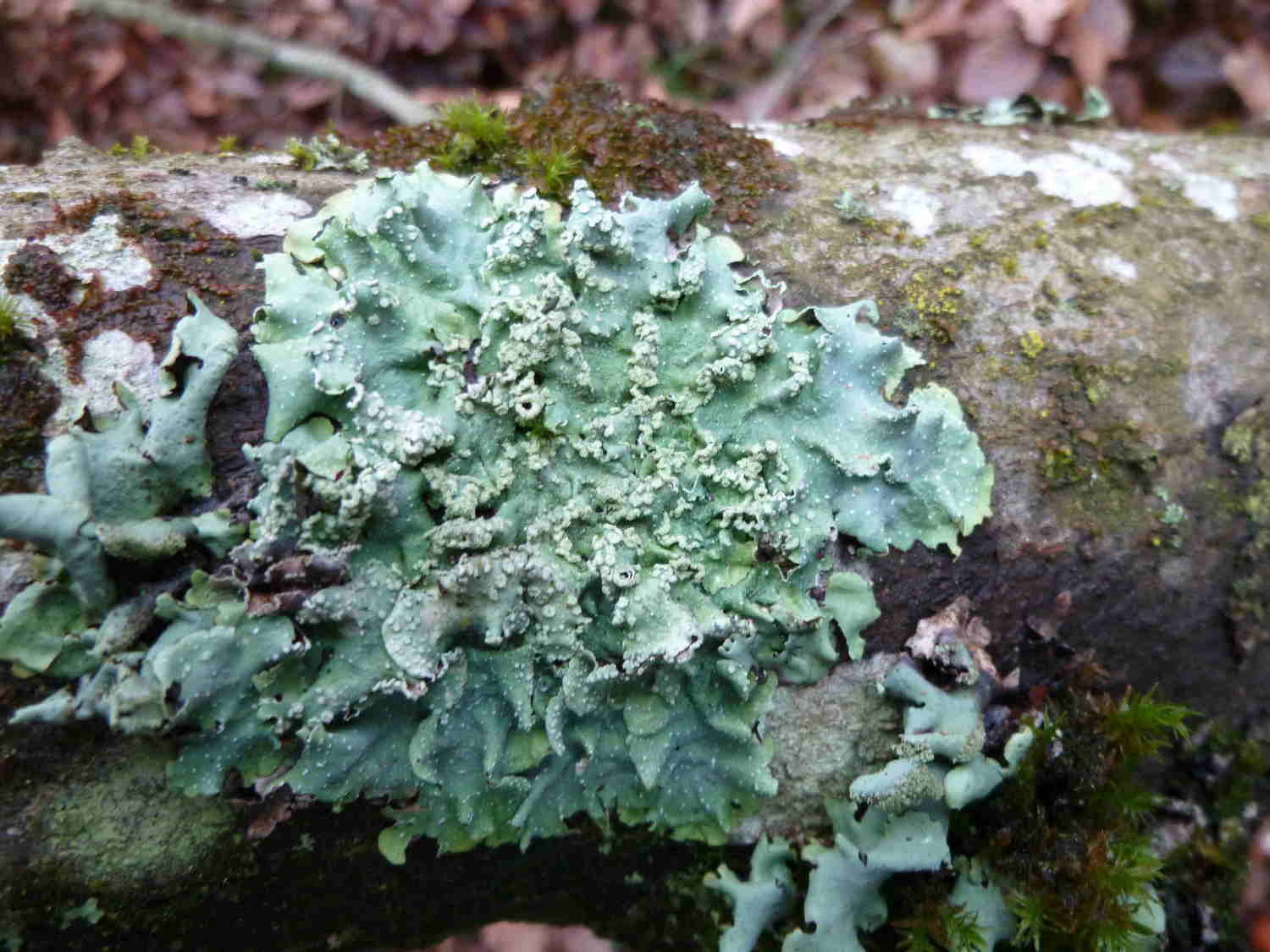
Large diseased tree
The National Gallery
Any old tree deserves respect, and could be potentially looked up to as a source of wisdom by the entire forest. What if the tree is sick though? It can be taken down by the forest keepers, or left to be naturally decomposed back to the foundations, from which something new may eventually arise. Or, is there still a way to heal it and let it age to its full potential? Who can decide on this? Is there any “larger power”, that can set up the healing process and run it through the structures of the tree top-down? Or are there other ways, in the opposite direction? Young spirits could slowly inhabit it and shine through its holes. Other creatures could just occupy it in one go. But if it’s wisdom they want from it, aggressive steps will most certainly not take them there. And perhaps it’s not even in the capacity of any outer entity to heal the tree. There needs to be motivation from within; a profound change in its entire mindset will be necessary to start the transformation process.

Touchwood that glows at night
Mánes
True magic, a glowing entity illuminated by moonlight. It could be the oldest light in the universe, kept and released by the trees. How quickly this sublime sensation disappears if you see the object in daylight, when the illusory kingdom of the Moon resides on the other half of the planet. Did you know that the light comes from fibres of a fungus helping to decompose the wood? That all the beauty is just a disguise, an afterglow of a glory long gone? “Give the wood back to the forest!” All the creatures once claimed when they gathered together in protests. The fungus didn’t respond though. It just stayed where it was and silently kept doing its job, which might look like illumination from the outside, but all the insiders know that it actually is decay.

Bracket fungus / mistletoe
Prague art market
Too fancy to be called a forest parasite, bracket fungus needs to establish a lot of uneasy symbiosis to maintain its existence. The question is who benefits from this symbiosis, apart from the fungus itself? The bracket fungus is a bit of a hybrid – is it actually a mushroom, or is it part of the tree? What is the tree’s input in its growth, and who takes what percentage from the expected profit? To what extent does the fungus limit the tree’s freedom, and how much is it shaped by the tree? Do these kinds of questions even fit the reality in the forest? The bracket fungus will always carry some degree of ambiguity with it. Ugly or not, desirable or not? We guess that after all the pros and cons it’s good to have it around – if we stick to the forest’s logic, there is no simple distinction between good and evil to be made. In our forest, luckily (or not?) there is rather little of this kind of fungus. This way we can maintain a keen yet prudent relationship to its activities.

Fireflies
Mothers Artlovers
The ones who turn the forest into a busy and vibrant place. Mostly mothers (as you probably know, only female fireflies glow at night), who appreciate the arts, but need to shed some light on the fact that the forest, especially in the night, might not be the most accessible place for everybody. After a swarming of newborns visible in every bit of the forest, the fireflies gathered to claim new demands, so that those active both in reproduction of their species and contribution to the forest’s creative mechanisms would not be left out, and on top of that would be able to feel comfortable enough in combining all aspects of their lives. They needed to be seen not only as some kind of funky entertainers, but primarily as creators, activists, and care-takers. Casting new light on important matters such as accessibility and inclusivity for the youngest, the fireflies have institutionally transformed their own place in the forest, as well as the structures of their habitat. Even though it is not always easy to catch them in between the trees, they may be one of the keys to the future of the forest.
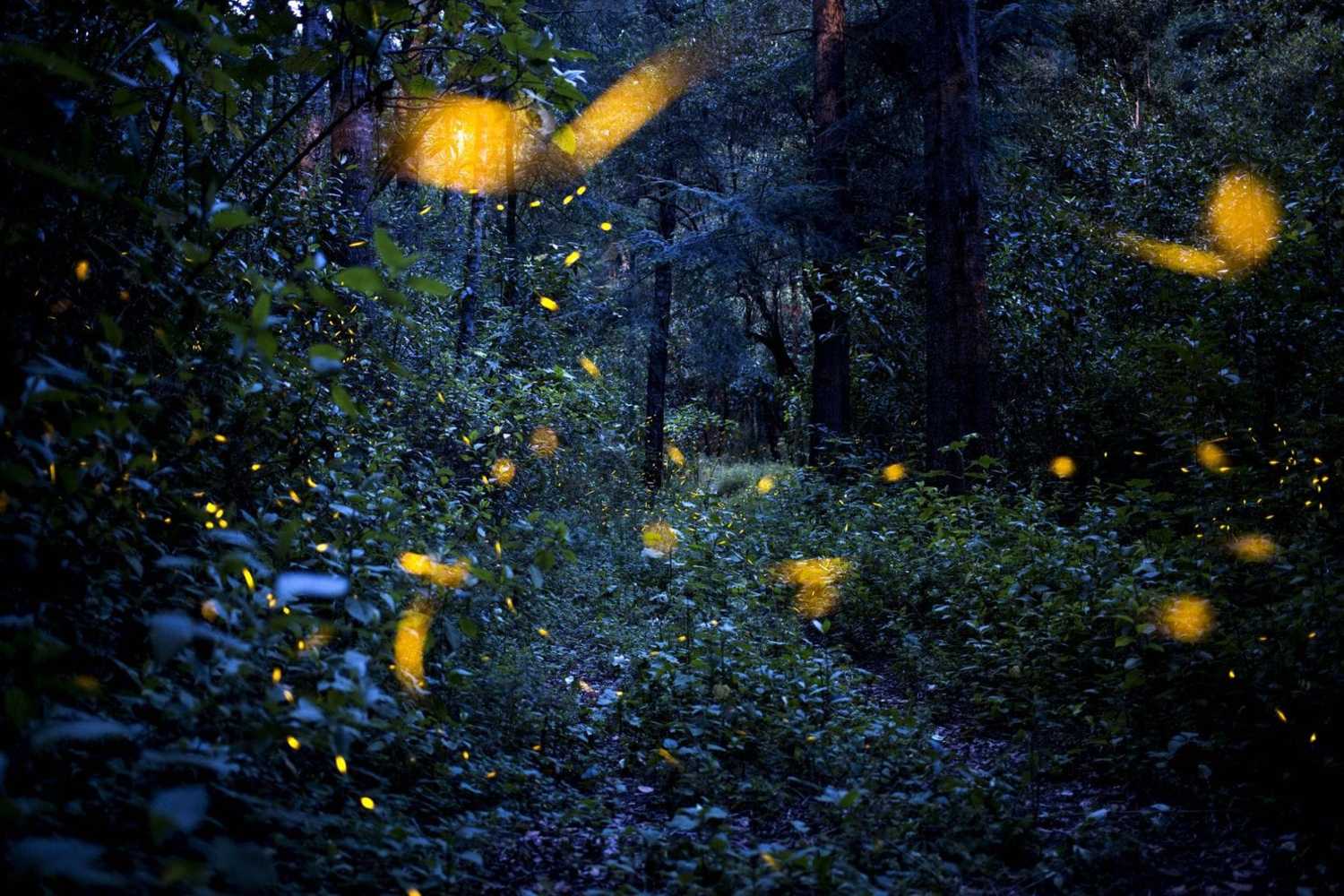
Young forest
Academy of Fine Arts
Welcome to the forest’s academy, a place where all the ideas and concepts are seeded and getting ready to bloom. This is where experienced trees sacrifice their juices to fertilize novelty – or, in some cases rather try to raise perfect copies of themselves. It is a safe space, so unique and yet somewhat hermetic. There is a fence built around it, protecting it from the outside animals of other invaders, but also closing off those who are inside, into a special world, unlike any other. Within this ecosystem much imagination and experimentation can happen. Gender balance of the young trees can be re-established and maintained by new measures, there can even be a nursery within the nursery. New rules can be created and tested, as far as the old structures and ways allow. This also means though, that not everybody will cross the borders and make it to the real forest. Some just stay within even when overgrown, some completely disappear. Who has the courage to gain independence from the thick-barked masters and leave the arboretum to become a permanent inhabitant of the woodland?
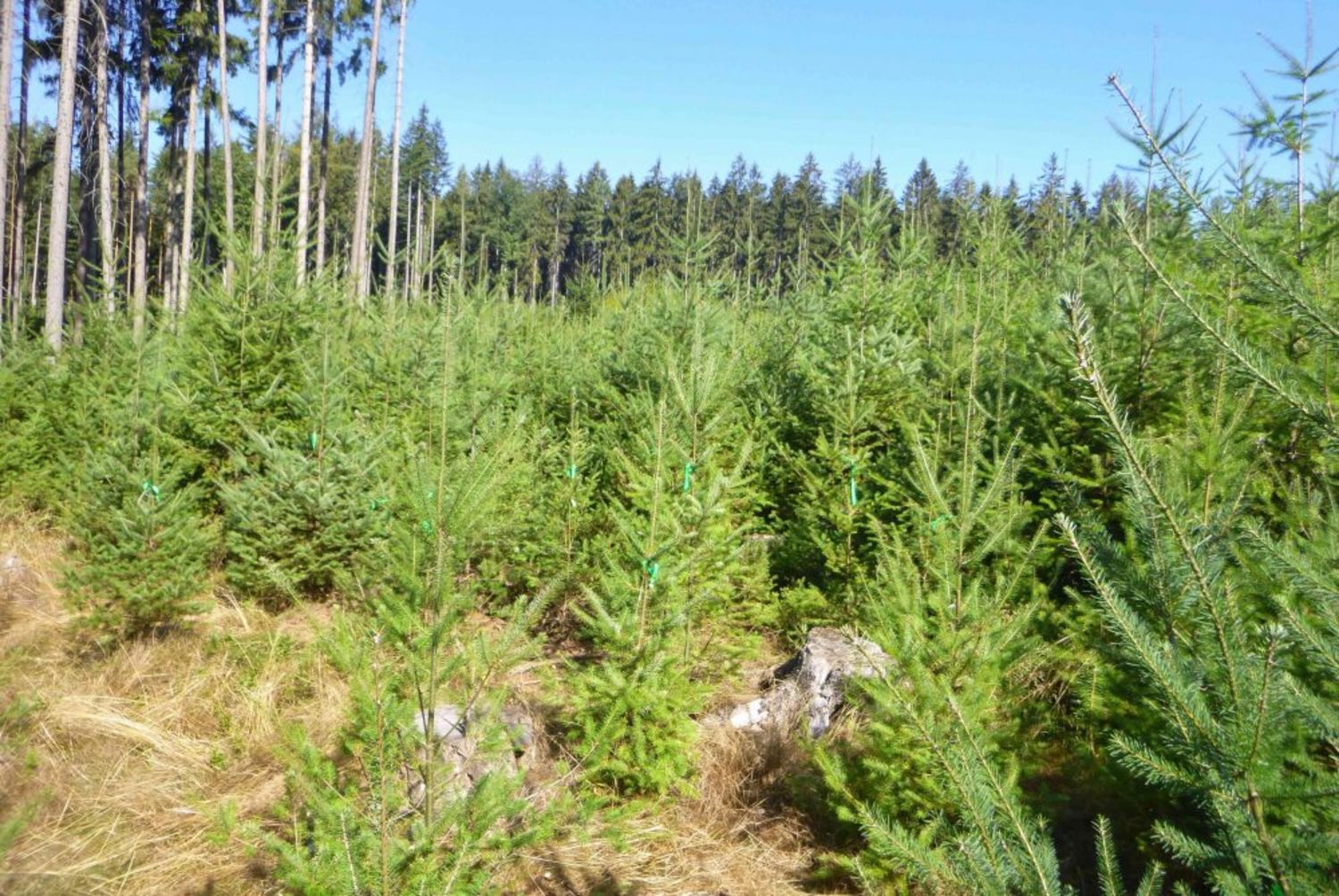
Acacia sensu lato or foreign tree
Bubahof
They are migrants – new plants in the habitat, which made a conscious decision to leave their homeland and come here. Why did they choose precisely this forest? After some time they became a valid part of their surroundings, bringing some fresh breeze – the outcome of the process of photosynthesis – into the woodland. Some might be surprised that such an exotic plant can be spotted here. However, the next generation of trees will already take its presence for granted. We would like to believe that our forest can still be perceived a genuinely good place to grow roots in, no matter whether you come from tropical hemisphere or rich habitats in the lands further west from where we are now. Or maybe it is just another repercussion of climate change? It is hard to be accurate about it. What is worth to add: migration of this kind is not really just a matter of greener grass on the other side – the new plants might come from both better and worse conditions. After all it may not only be necessity, escape or opportunism that motivates them. There are often other reasons involved, such as love and friendship, hope and imagination, that brought us – the newcomers – here. And the forest didn’t say no, even to those who were less in need than others.
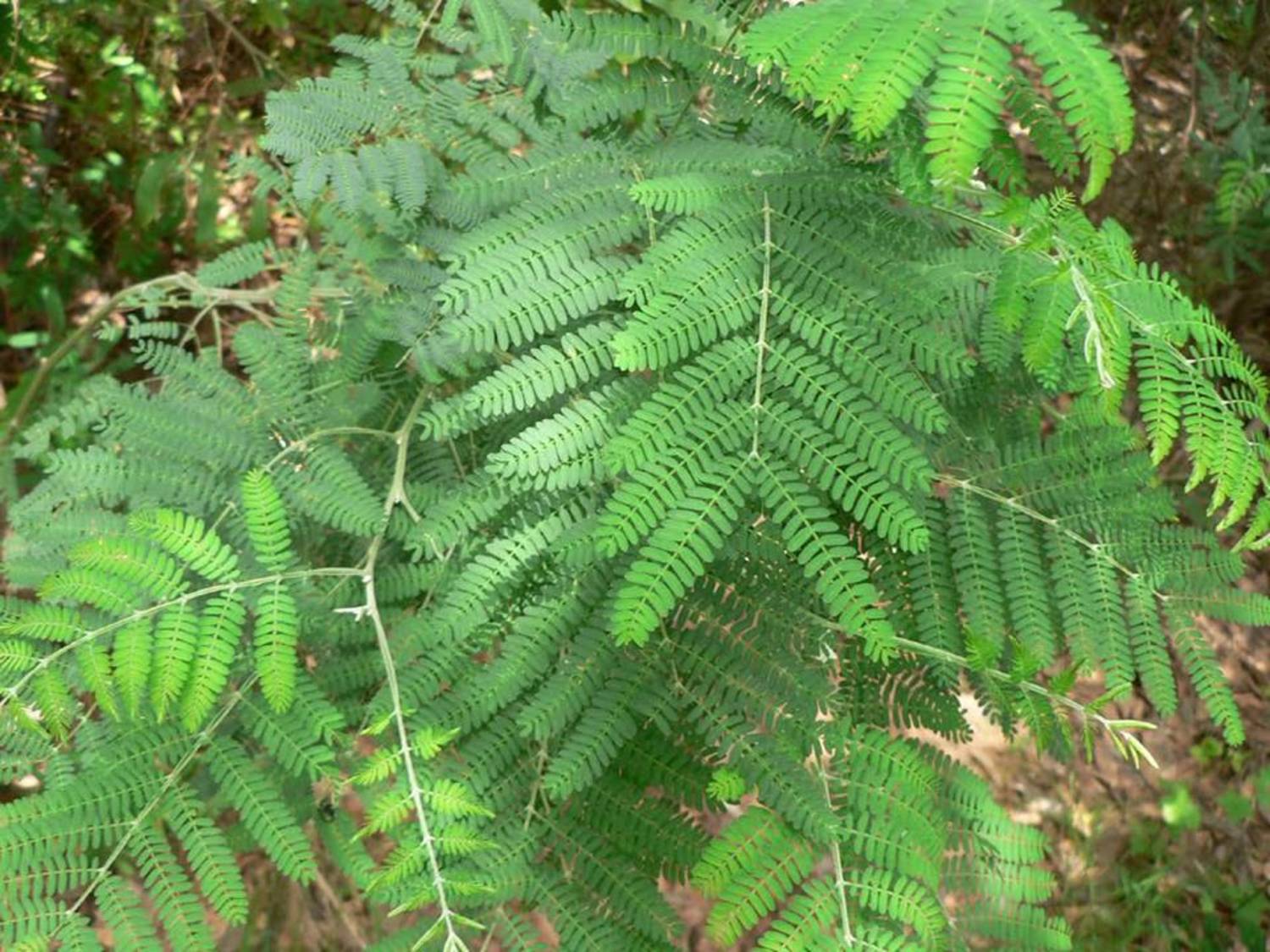
The border of the forest
Conclusion
We could come up with many more parallels, anecdotes and metaphors connecting the forest with the ecosystem inhabited by artists, curators, art institutions and everything in between and beyond. The point though, may not just be this slightly silly language or imagination exercise. What is more important to us is the act of looking, trying to understand and learn. Learning from the forest and its ways, its complexity, its perfect capacity to maintain itself in a great variety and diversity – if undisturbed by outside intruders or unexpected circumstances. Understanding the essential interconnectedness of every part and its relation to the whole. Looking at the details and noticing that any random section embodies the macrocosm of the forest. There needs to be collaboration between all the elements, large and small, spectacular and plain, for the entire system to thrive. There may be communication and solidarity far beyond what we can imagine. There is acknowledgment of the right time to grow and the right time to let go, of changing seasons, of the necessity to be peaceful and resting in order to gather energy for action and expression. Sensitivity to all the small and irregular cycles within the large cycles, all the nuances. Acceptance of changing circumstances and the ability to respond adequately. The forest never seems to be in a hurry. It doesn’t seem violent, or over-ambitious. It is spectacular in its serenity.
However, in contemporary conditions the forest is another kind of a safe space, just as the art scene is in many respects. And safe spaces are hard to maintain in an overall unsafe environment. Although this may all sound as a naive fairy tale, perhaps we do really have more in common with the forest than we thought, and the ways our endangered habitats could be supportive of each other are more complex than we could imagine. Let’s try to dream about it tonight.


